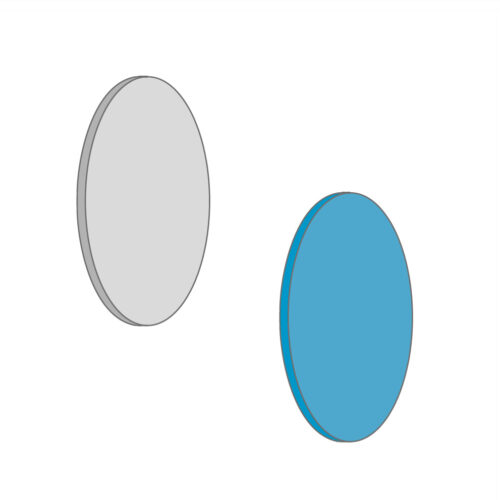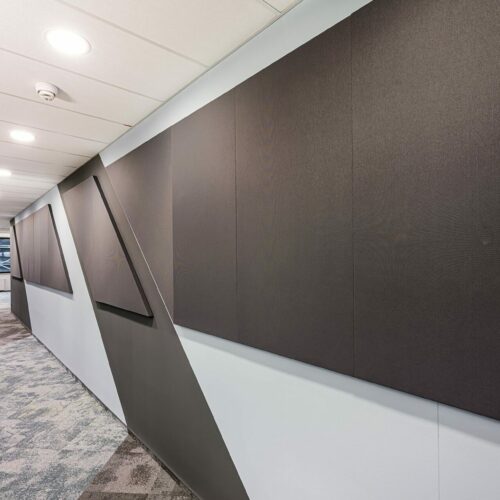Sound protection
OWA - strong in room and architectural acoustics
Constantly increasing noise pollution in everyday life means that sound protection is becoming more and more significant in modern structural engineering. Therefore we offer a comprehensive product portfolio of modern acoustic solutions in the fields of room and building acoustics .
Additional information about this is available in our brochures Acoustics performance with mineral tiles and Acoustics performance in metal.
Frequency-related absorption values of OWA ceiling systems:
DS 9558_Mineral ceiling acoustics
DS 9358_Metal ceiling acoustics
Reports document the effect of a "loud/noisy" environment on people:
– In offices, 99% of those surveyed said their concentration is disrupted by noise. 1
This has a negative impact on health, stress levels and performance levels.
– In offices and open-plan offices, 20 minutes of working time are lost on average due to a noisy environment.
However, with optimised acoustics, focus can be increased by 48%. This reduces stress levels by 27%. 2
– Noisy environments mean that 79% of those surveyed leave a restaurant earlier than planned. 3
– 91% of those surveyed would no longer go to a restaurant because of noise. 3
– Businesses with optimised acoustics realise returns that are 5-10% higher than those whose atmosphere is less calm. 4


